(NLDO) - NASA's InSight rover has been dyed red after 2 years of inactivity, but still left scientists with a great treasure.
NASA has just released an image taken from the Mars Reconnaissance Orbiter (MRO), in which a "strange object" protrudes from the barren ground of the neighboring planet.
That is the "grave" of Mars InSight, or InSight for short, a lander that "died" in December 2022 after a series of major discoveries about the red planet.
Today, InSight has gradually blended in with the red soil of Mars after a long time of confronting the harsh "dust devils" here.
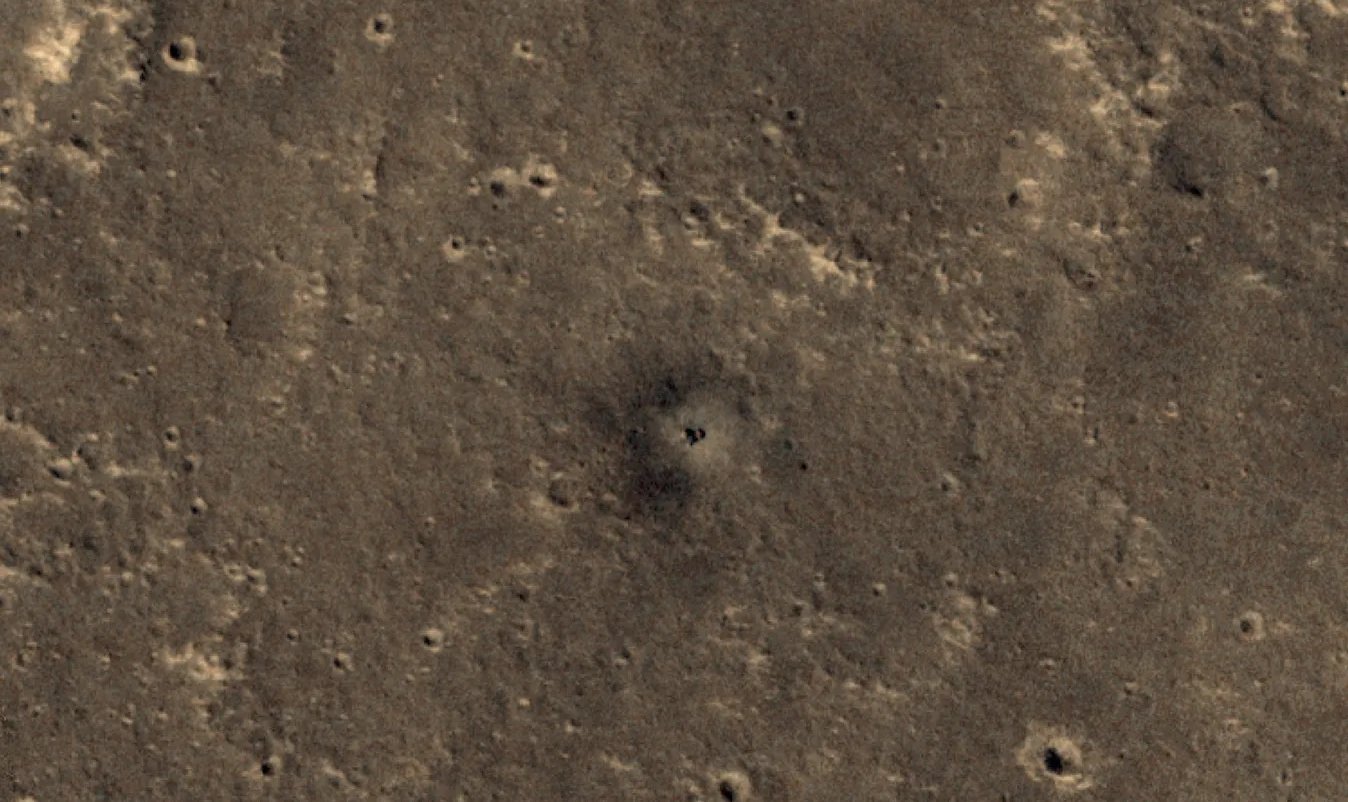
Photo taken by MRO with InSight's "grave" - Photo: NASA
After landing in November 2018, InSight was the first to detect Mars quakes, revealing details about the planet's crust, mantle and core.
NASA announced the decommissioning of InSight in December 2022, after the lander ran out of power and stopped communicating with Earth.
The spacecraft was originally powered by the Sun, but it lost the battle with Mars' "dust devils," the red dust tornadoes that form every summer and gradually obscure the spacecraft's solar panels.
Despite ending its mission, InSight left behind one last treasure.
It has worked with MRO to help engineers at NASA's Jet Propulsion Laboratory (JPL) estimate the amount of dust that accumulates on solar panels, helping scientists understand more about "dust devils" and many related factors.
New images taken by MRO of InSight's "grave" continue to aid research into meteorite impacts on the Martian surface.
In places like Mars that don’t have plate tectonics, the more craters an area has, the older the surface. The tracks around these craters fade over time. Understanding how quickly dust covers them helps determine the age of the craters.
Another way to estimate the fading rate of the craters is to study the blast ring left by InSight's rocket boosters during landing.
They were much more prominent in 2018 but are slowly returning to the characteristic reddish brown of the surrounding terrain.
Above all, what InSight collected before being buried continues to be an invaluable treasure for astronomers, continuing to be the foundation for many studies related to the formation and evolution of the planet that is believed to have been very similar to Earth.
Source: https://nld.com.vn/tau-nasa-tim-ra-nam-mo-kho-bau-cua-mot-tau-vu-tru-khac-196241225094535096.htm








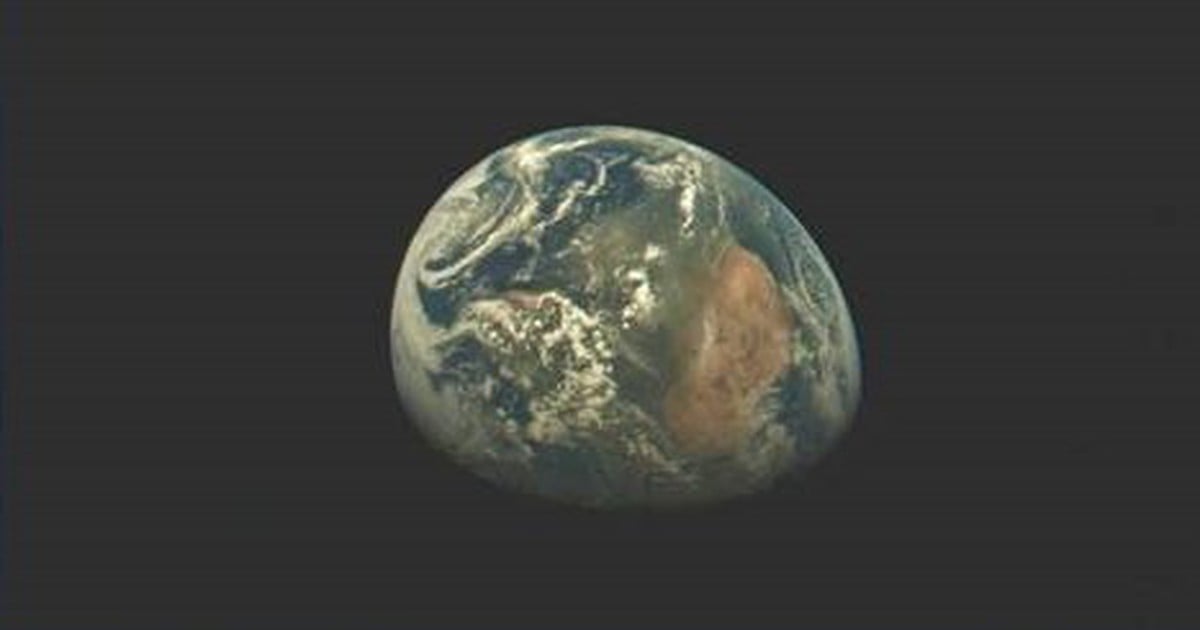

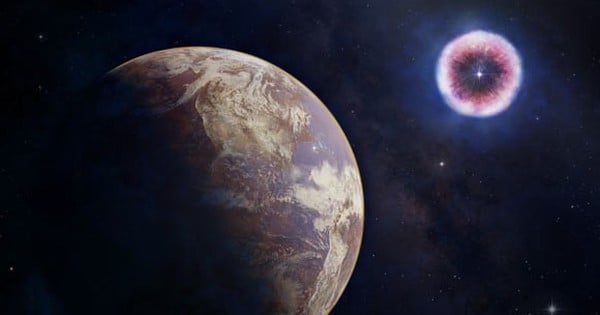
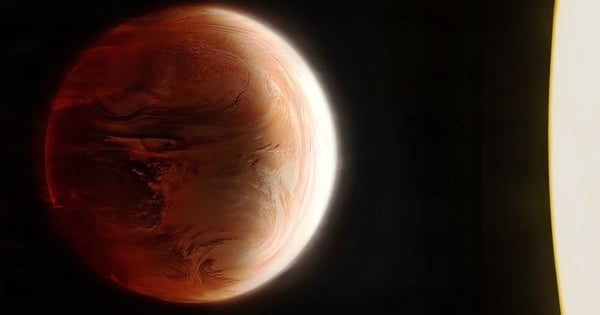
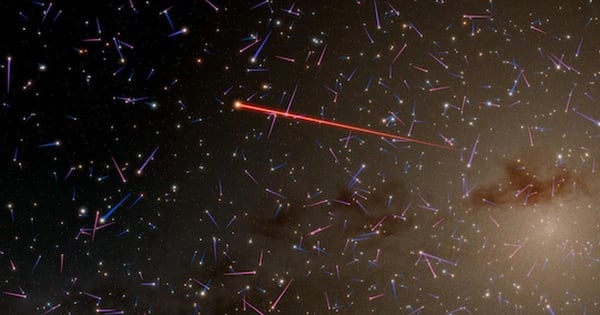
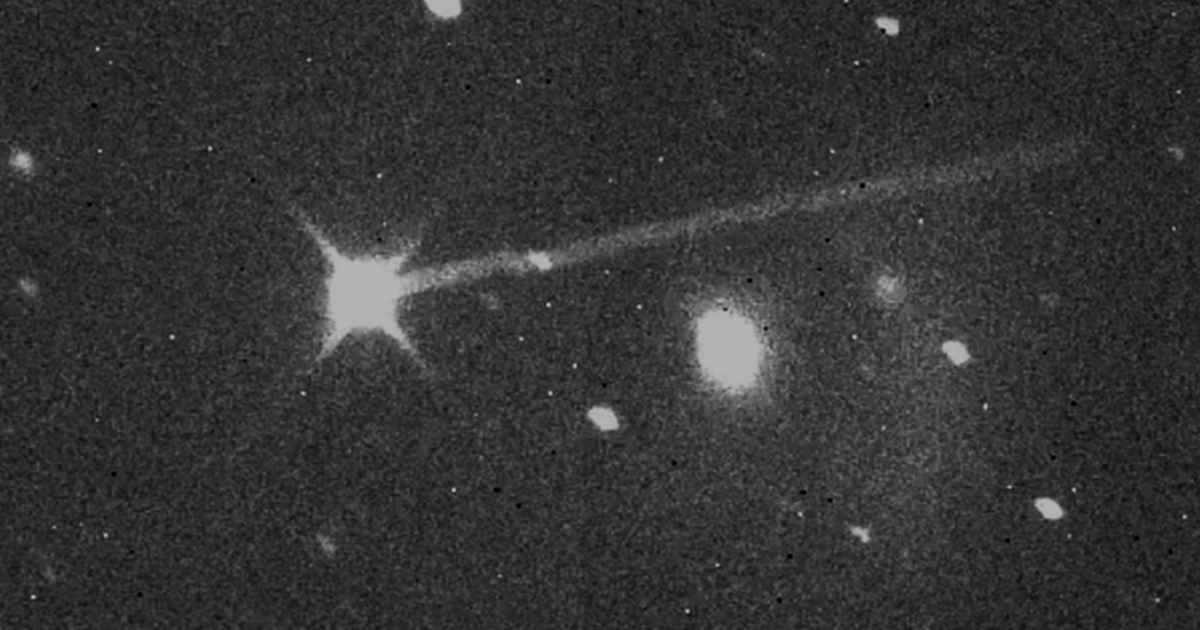
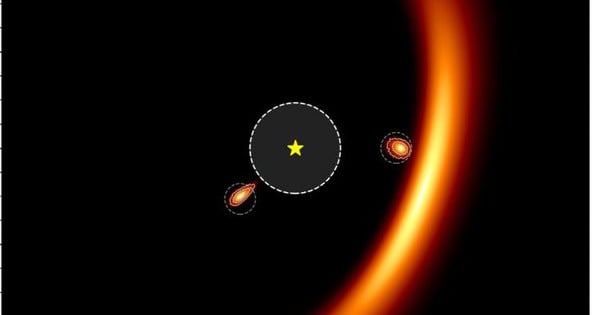
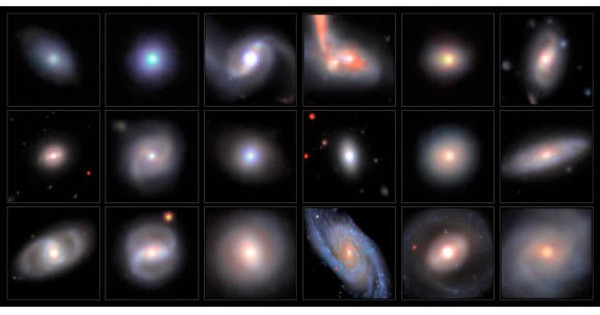




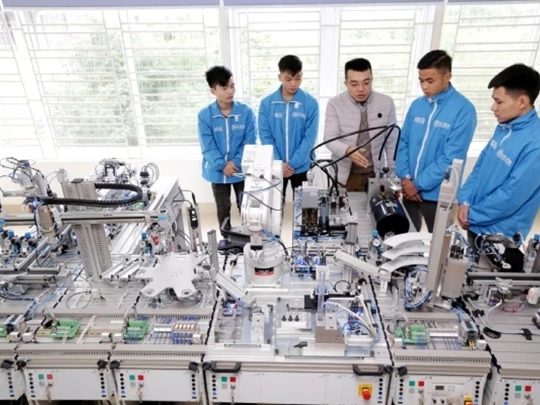

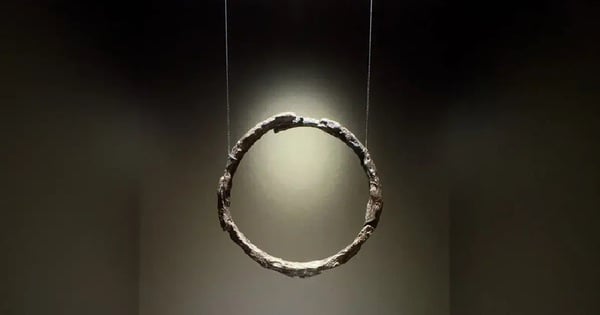

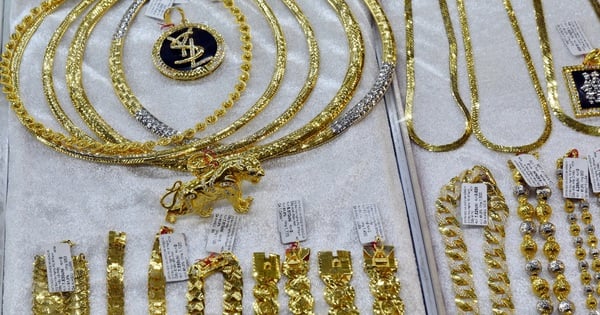













Comment (0)